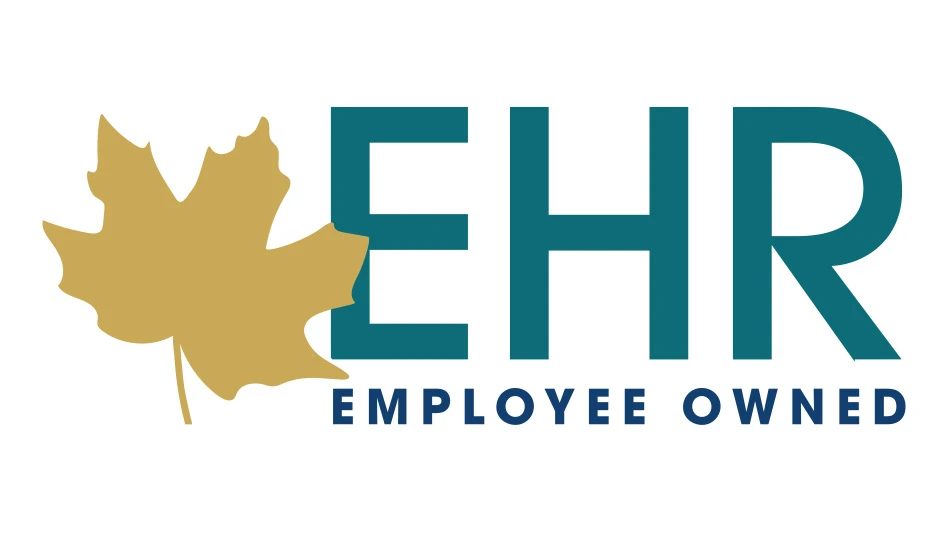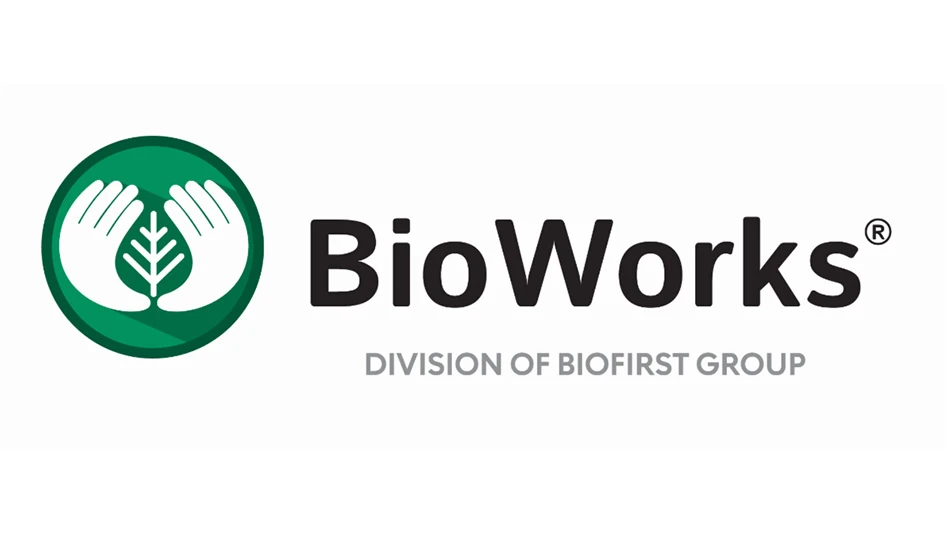 The economic recession marked a steep decline in sales for many industries, and greenhouse growers were no exception. As consumers cut back on non-necessities — including flowers, shrubs and trees — those that grew them had to look to areas to cut back in as well.
The economic recession marked a steep decline in sales for many industries, and greenhouse growers were no exception. As consumers cut back on non-necessities — including flowers, shrubs and trees — those that grew them had to look to areas to cut back in as well.
“When you don’t sell as much product, you’re only left with the recourse of laying off people,” says Charlie Hall, Ellison chair in international floriculture for Texas A&M University.
However, signs of life are seeping back into the industry. Those who survived have become adept at doing more with less — particularly when it comes to a reduced staff.
“You just find ways to absorb it,” says Matt McElroy, president of Newton Greenhouse in Newton, N.H. “Either it’s a task that was being done that’s no longer being done, someone picks it up, or you find another way to be a little bit more efficient.”
The lessons learned in maximizing staff and technological efficiency remain integral to future success, even as the industry begins to revive. Twenty-three percent of growers still experienced reductions in staff over the past year, according to the Greenhouse Management State of the Industry survey. Ten percent of those surveyed expect to see further cuts in the next year.
Maximize the efficiency of existing staff
First and foremost, doing more with less requires the commitment of everyone in your organization. Make sure to communicate that need, and the economic reasons behind it.
“They’re part of a family — it’s not like they can’t see that things are tight,” McElroy says. “They either stay a little later or they just try to be a little more efficient, have a little less waste. It’s kind of an individual responsibility — everybody has had to step up a bit. Just put a little more work load on them; rely on them a little more.”
To get the most out of the staff you have, however, don’t just dump as much work on them as you can. Come up with a concise division of labor. Begin by re-evaluating the tasks within your greenhouse to create more accurate job descriptions. Write down what the critical tasks are within your organization. What skills are involved, and what’s the time commitment?
“We need to have the right person doing the right action or job in the right way, literally at the right time,” says Forrest Stegelin, extension agribusiness economist for the University of Georgia. “So we’re looking at career efficiency and effectiveness.”
Combine as many related tasks as can be done in one day from your list to form a job description. Then, compare these job descriptions against your employees’ skills and training.
“We’re comparing, matching, and maybe re-assigning the individuals that are currently employed,” Stegelin says. “In many cases, businesses have been able to say, ‘Well, I really don’t need to go hire more people.’”
By doing this exercise — redefining jobs according to tasks, writing the appropriate job description and who they have employed — many of them have been able to get everybody on board with the same understanding about what the goals are.”
Reward employees for increased effort
In many cases, however, improving productivity doesn’t come easy to employees.
“They’ve been doing this job for you for an extended period of time, and then all of a sudden you tell them, ‘Now I want you to be doing … this other job, these other tasks,’ and you explain why,” Stegelin says. “A lot of them are going to have initial resentment at the fact that you’re changing what they’ve been doing. They’ve gotten into a comfort zone, and they may not have been as efficient before.”
To recognize the effort employees must make and encourage continued improvement, offer rewards and incentives. Although things have been tight at Newton Greenhouses, McElroy made sure to give employees a bonus this summer as a reward for a better spring.
If choosing a financial reward, ensure it has a personal feel to it. It could be a gift card toward school supplies for an employee’s children during the back-to-school rush, or a voucher for something the employee wouldn’t normally purchase themself. One greenhouse Stegelin worked with gave an employee a gift certificate for new tires, as the steel belts were showing through the tires of the employee’s car.
“The wife and the kids were ecstatic,” Stegelin says. “Money, they would have spent it on something else, probably. But because the company was looking after and acting concerned about the family, not just the employee, the family was telling everybody about how great this company was, and how great the owner and the manager were — because they were concerned about the family’s well-being and safety, not just worried about him getting some job done. You can be creative and personal — give something they can really use.”
Thoughtfulness toward your staff’s lives outside the company will generate trust and loyalty, as well as positive word of mouth.
Additionally, Stegelin recommends personalized incentives beyond monetary rewards. For example, give someone with increased responsibility a new supervisory title.
Do-it-yourself solutions
Don’t just expect more of your employees, however. What better way is there to save money and offset a reduced staff than to take on some of those hands-on job descriptions yourself?
“Some of those who may have spent more time in the office got busy and got back in the greenhouse,” Hall says.
Putting in that time is necessary to increasing the productivity of your greenhouse. More than 53 percent of growers surveyed in the State of the Industry survey are operating with a staff of fewer than five employees — up more than 10 percent from last year.
In addition to increasing productivity, you can also apply a do-it-yourself mentality to decrease outside expenses.
“You don’t hire an electrician unless it’s very complicated; you don’t hire plumbers,” McElroy says. “If times were better, you may have hired somebody just because you didn’t want to get as down and dirty. Now, you really only hire a professional when you absolutely have to.”

Evaluate where to incorporate technology
Evaluate where technology can perform work more efficiently than human hands — such as automatic pot fillers and watering systems. Equipment is often more efficient and accurate, while automated systems eliminate down time and waste. And technology doesn’t require social security taxes, worker’s comp, or other costs beyond initial investment and maintenance.
Stegelin recommends using equipment to reduce the need for seasonal and part-time labor, allowing you to invest more in skilled, full-time labor. But don’t overdo it.
“Some people are using the recession as a time to reconfigure their business in terms of technology and equipment as a replacement for labor,” he says.
Technology doesn’t just play a role in reducing labor waste, however. It can save you money in other areas, particularly energy. Newton Greenhouse’s heat bill went from $300,000 to $20,000 with the investment in a new fuel source, a biomass boiler, four years ago.
“It was a big capital expense, I had to borrow a lot of money to do that, but then that gain is there,” McElroy says. “We wouldn’t be in business without that one change alone.
“We all look back and wonder what would have happened if we’d been this efficient five years ago, 10 years ago, 20 years ago, when things were much better. We probably would have had a much greater profit margin.”
Jessica Hanna is a Cleveland-based freelance writer.

Explore the October 2012 Issue
Check out more from this issue and find your next story to read.
Latest from Greenhouse Management
- Grant awarded to test western U.S. wood species for use as wood fiber potting substrate
- Pennsylvania Horticultural Society announces 2025 Gold Medal Plant winners
- Oasis Grower Solutions announces new Southeast territory sales manager
- How to reduce labor in greenhouse vegetable production
- A nation of gardeners: A history of the British horticulture industry
- Last Word with Angela Labrum, Bailey Nurseries
- Iowa plant supplier Plantpeddler building retail complex
- This month's Greenhouse Management magazine is about native plants and sustainability





